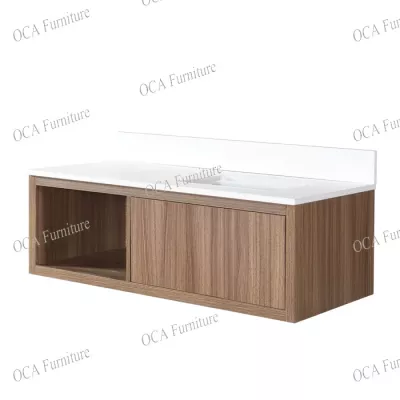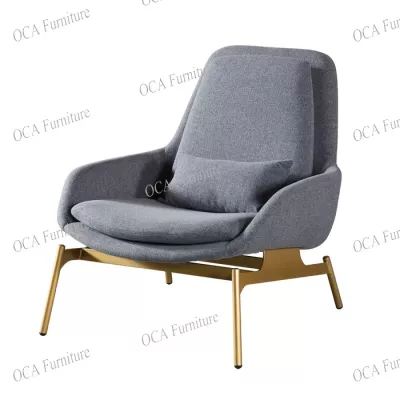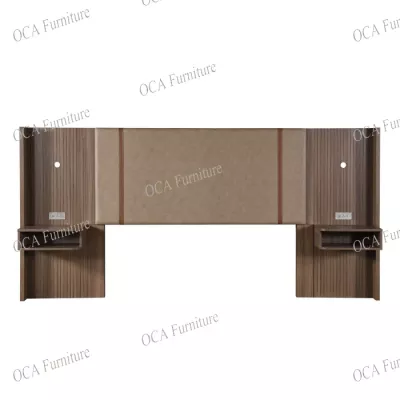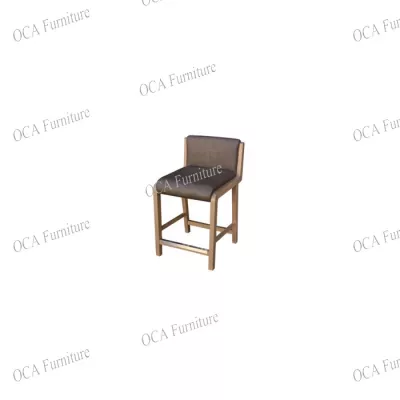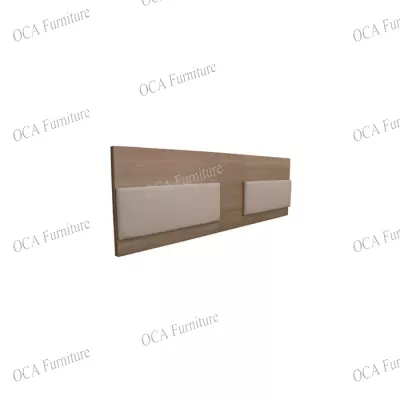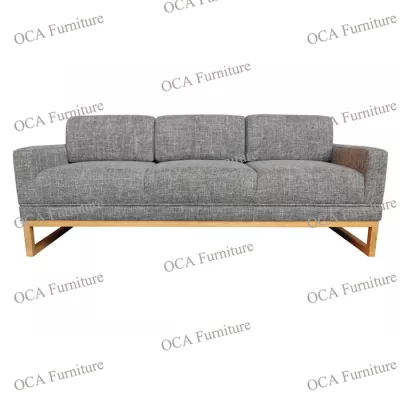All coatings used on wood products are collectively referred to as wood paints, which are divided into two categories: water-based paints and oil-based paints. The paint wraps the furniture, separates the wood from the air, and protects it. If the wood is barely exposed to the air, when the air is dry, the water will slowly evaporate, and the place where the wood is connected will loosen. When the air is humid, the moisture from the outside will run inside, causing the wood to expand and deform. In addition, if there are some insects that eat wood and settle in the wood, the damage to the furniture will be more serious. If you paint the furniture, this will not happen. At the same time, some wood has slight knots, etc., and the blemishes on the wood part will be covered by heavy paint.
Water-based paint and oil-based paint, the difference lies in the different dispersion medium. Paints that use water as the dispersion medium are called water-based paints, and the film-forming material is a water-soluble resin. The paint that uses organic solvent as the dispersion medium is called solvent-based paint (oil-based paint/paint). Organic solvents are mainly hydrocarbons, and the rest are ketones, alcohols, glycols, ethers, esters, nitro branched chain alkanes, etc. These highly volatile organic compounds are the main cause of paint harm to the environment and health.
Oily wood lacquer itself contains many harmful substances for the human body, such as benzene, toluene, free TDI, etc., and the smell is very pungent and uncomfortable. Generally, regular manufacturers will not choose paints that are harmful to human health. Water-based wood paint, water-based wood paint is composed of 40% water, 30% resin emulsion, 25% pigment filler, 5% additives and other harmless ingredients. The feel and texture of furniture painted with this paint are also It is very comfortable, but the paint on the market is more expensive.
One, oily wood paint
1, nitrocellulose paint (NC paint) is a relatively common paint for woodware and decoration. The main film-forming material of nitrolacquer is nitrocellulose, and the solvents mainly include true solvents such as esters, ketones, alcohol ethers, alcohols and other cosolvents, and benzenes and other diluents. Nitro-lacquer is characterized by fast drying speed, bright and smooth coating film, and has good construction and repairability. However, the heat resistance and chemical resistance of the nitro paint film is not as good as that of polyurethane paint (PU paint), and it is easy to whiten when it is applied in high humidity weather.
2. Large lacquer, also known as natural lacquer, raw lacquer, soil lacquer, and national lacquer. Lacquer trees over eight years old can produce lacquer. Lacquer farms use clam shells to cut the bark, insert the clam shells or bamboo slices under the knife edge, and collect the lacquer solution into a wooden barrel and seal it with oil paper. The natural lacquer cut from the sumac tree is called raw lacquer, and the cooked lacquer refers to the raw lacquer that has been oxidized with tung oil after being exposed to sunlight and stirring.
3. Polyester paint (PE paint) is a thick paint made of polyester resin as the main film-forming material. The paint film of polyester paint is plump, with thick layers and hard surfaces. The polyester paint needs to be cured during the construction process, and the amount of these curing agents accounts for one third of the total amount of the paint. These curing agents are also called hardeners, and their main component is TDI (toluene diisocyanate). These free TDIs will turn yellow, which will not only turn the furniture paint surface yellow, but also turn the adjacent walls yellow, which is a major disadvantage of polyester paint.
4. Varnish, also known as Van Lishui, used to be the most common type of lacquer in home decoration. The reason is that it does not require high construction and can be operated without professionals. The leveling of the varnish is very good, it doesn't matter if the paint tears appear, and the paint tears can be dissolved again by brushing it again. Varnish has the characteristics of transparency, fast film formation, and water resistance. The disadvantages are that the hardness of the coating film is not high, the heat resistance is poor, and it is easy to turn yellow under the action of ultraviolet light.
5. Ultraviolet curing wood paint (UV, Ultraviolet Curing Paint), UV paint is named after the curing method of the paint. It is automatically roller coated and shower coated on the furniture board through machinery and equipment. Under ultraviolet light (wavelength is 320 -390nm) irradiation promotes the decomposition of the initiator, generates free radicals, initiates the resin reaction, and instantly cures to form a film. UV paint is one of the most environmentally friendly varieties of oil paints. In foreign countries, especially in Europe, almost every large-scale furniture manufacturer has at least one complete furniture UV paint coating production line. At this time, the products are from sanding , Filling, sealing, and coloring of the finish coating and drying, all at one time and without interruption.
Two, water-based wood paint
1. The VOC content of water-based wood paint is much lower than that of oil-based paint, which not only has a small impact on the environment, but also benefits the health of constructors and users. However, the wood coatings market is still dominated by oil paints. Some analysts believe that three factors restrict the development of water-based paint: one is performance, the other is construction conditions, and the third is price.
2. The best environmental performance is water-based wood paint, and the most environmentally friendly solvent-based wood paint is one-component polyurethane paint that does not use TDI as a curing agent; followed by higher solid content and less use of various toxic solvents and additives. Pretreatment of nitrocellulose lacquer and thinner; the last is ordinary nitrocellulose paint and two-component polyurethane paint using TDI as a curing agent.
3. The best decorative effect is water-based wood paint, followed by polyurethane paint and various nitrocellulose paints.
4. Yellowing resistance, water-based wood paint has the best color retention performance, followed by nitrocellulose paint and TDI-free one-component polyurethane, and the worst is two-component polyurethane. When mixing water, especially white and light-colored water, it is best to choose furniture paint with good yellowing resistance.
5. Paint film hardness and abrasion resistance. Polyurethane has the best film hardness and abrasion resistance, followed by polyurethane modified acrylic, followed by nitrocellulose paint, and the worst is waterborne acrylic paint. Therefore, polyurethane paint should be used in occasions where the floor and other paint films are easily damaged, or where wood protection is required.


